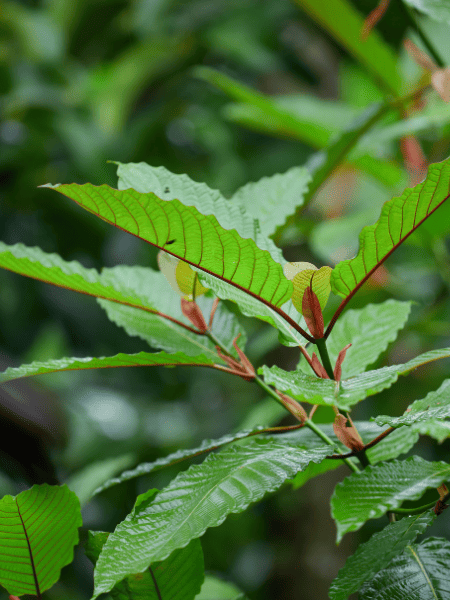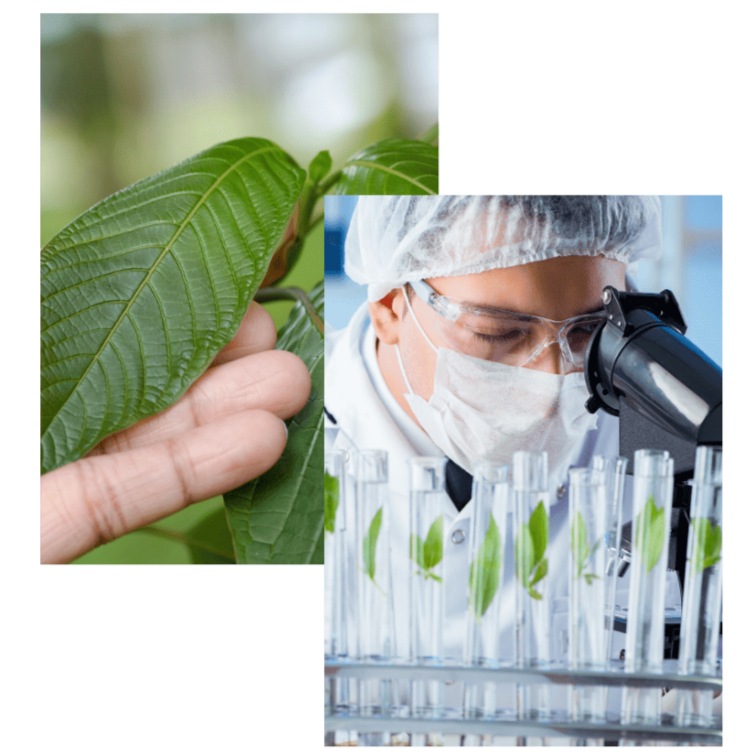
What Is 7-OH?
7-OH, also known as 7-Hydroxymitragynine, is found in very small amounts in Kratom or Mitragyna speciosa. Unlike mitragynine, which is the most commonly found alkaloid, 7-OH is more potent, and it is the one compound that plays a role in how Kratom actually works. While it’s not as widely discussed, understanding 7-OH is essential to grasping how Kratom actually works.

Our Core Domains

Latest Research

7‑Hydroxymitragynine Mechanistic Study
7‑OH: A G protein‑biased μ‑opioid receptor agonist.
Learn More
Global Regulation Survey
Comparative eight‑factor DEA review and FDA import alert impact.
Learn More
Our Approach to Content Curation
We compile, synthesise and validate peer‑reviewed research, ensuring every entry reflects the highest informational standards:
Standardised Extraction: Uniform data‑capture templates to ensure consistency in chemical profiles, pharmacology metrics and safety notes.
Expert Oversight: Subject‑matter experts review all summaries for accuracy and clarity.















